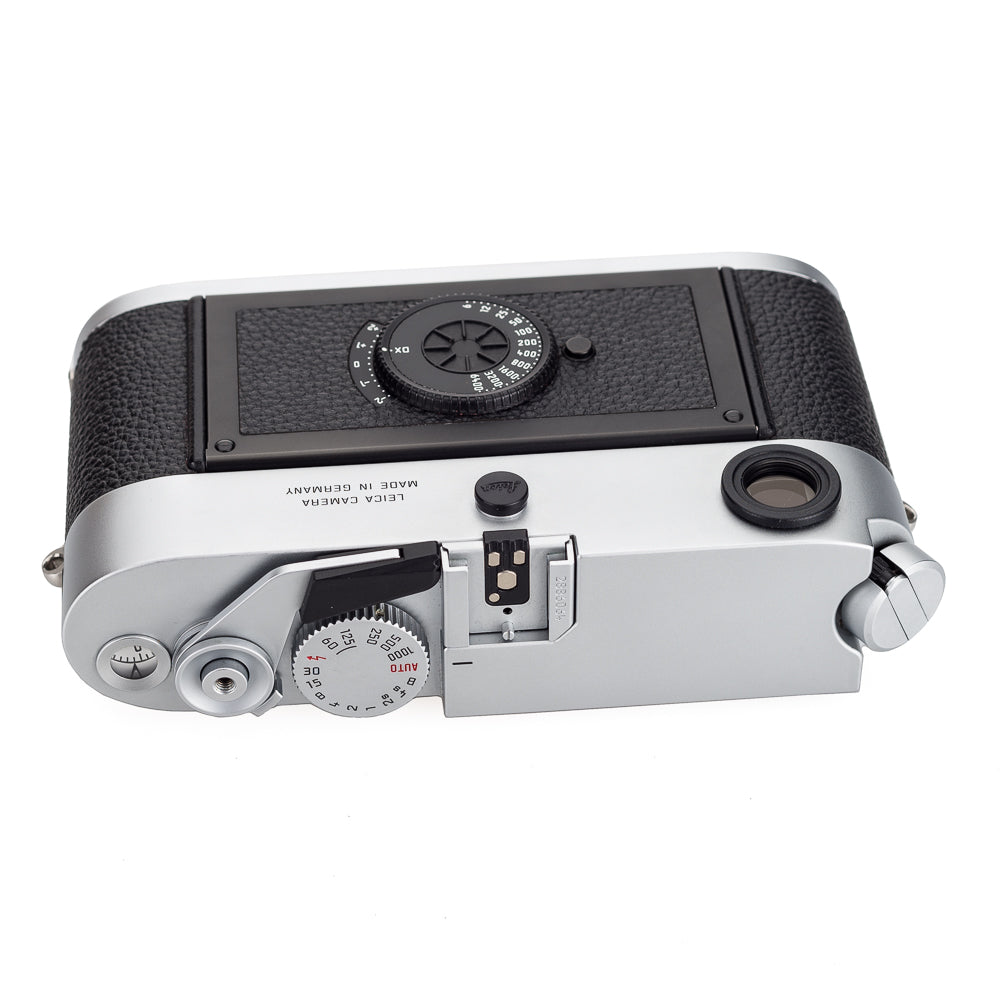

Unlike most film system cameras, both the M7 and lenses remain in production today and it is relatively easy to obtain spare parts and 3rd party servicing. M-series lenses can be used with current Leica film and digital cameras, and can also be adapted to modern digital mirrorless bodies from Sony, Fuji, Olympus and others.Īn issue with Leica is their move to rebrand their cameras and lenses as exclusive luxury items, with the result that new Leica products are relatively poor value (more on this later). This makes it easier to design simpler and smaller wide-angle and normal lenses that perform extremely well, with edge-to-edge sharpness that is usually better than their larger DSLR counterparts. Even relatively old designs often perform excellently, and there is an astonishing range of old and new lenses than can provide everything from “classic” rendering to modern sharpness. At the time, I was curious to understand what a “rangefinder” was, how the diminutive M-mount lenses might compare to their bulky DSLR alternatives, and whether or not film was still a viable medium.īecause M-series cameras do not use a mirror, the distance between the back of the lens and the film is very short. A second-hand film camera is possibly the cheapest and most authentic means to the try the system, and I opted for a early model Leica M7 mainly because of the built-in light metering. I became interested in the Leica M series primarily because of wanting something substantially smaller and lighter than our traditional Canon DSLR equipment.


Mine is an early version bought second-hand, and I have used it extensively for the last two years over which time I have shoot an average of about one film per week and traveled with it in Europe and the Americas. This is an incredibly late review for the Leica M7, which was released in 2002. The Leica M7 (or so it says somewhere under the tape…)


 0 kommentar(er)
0 kommentar(er)
